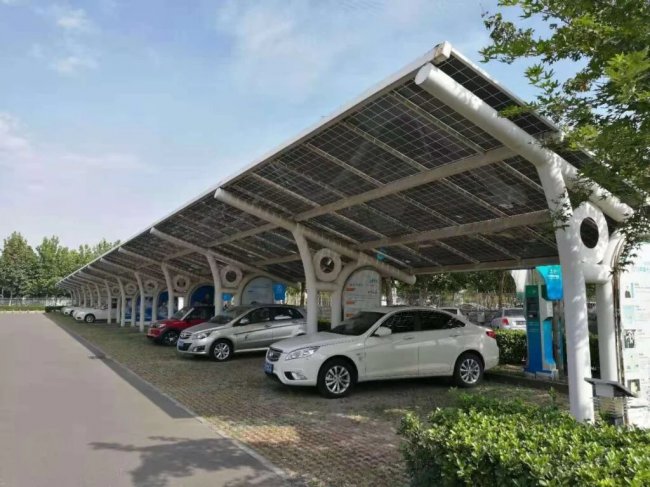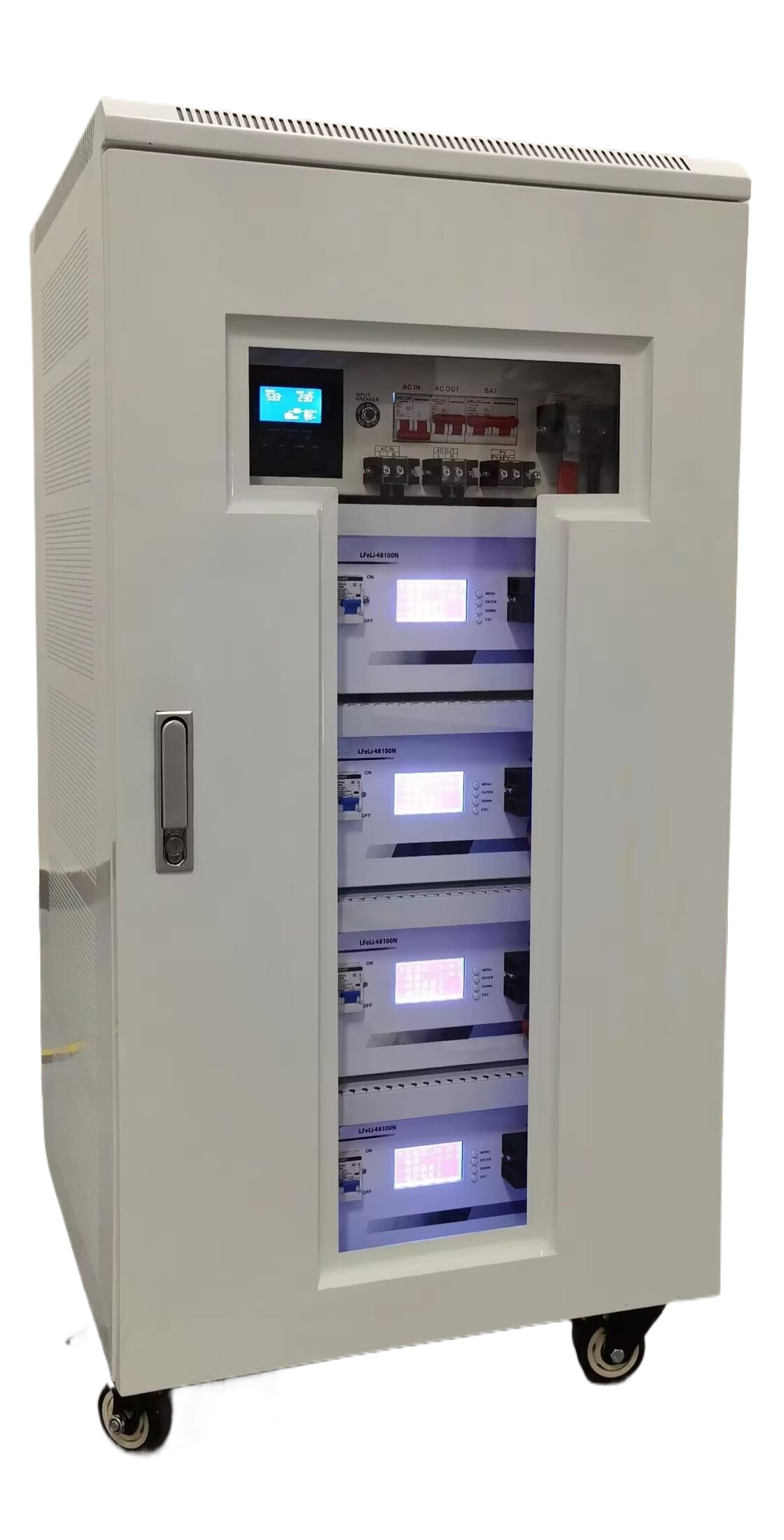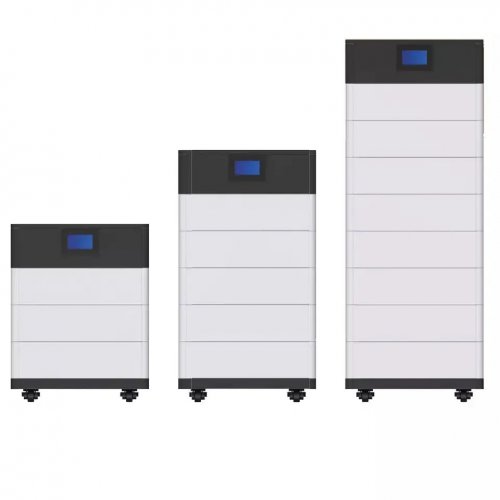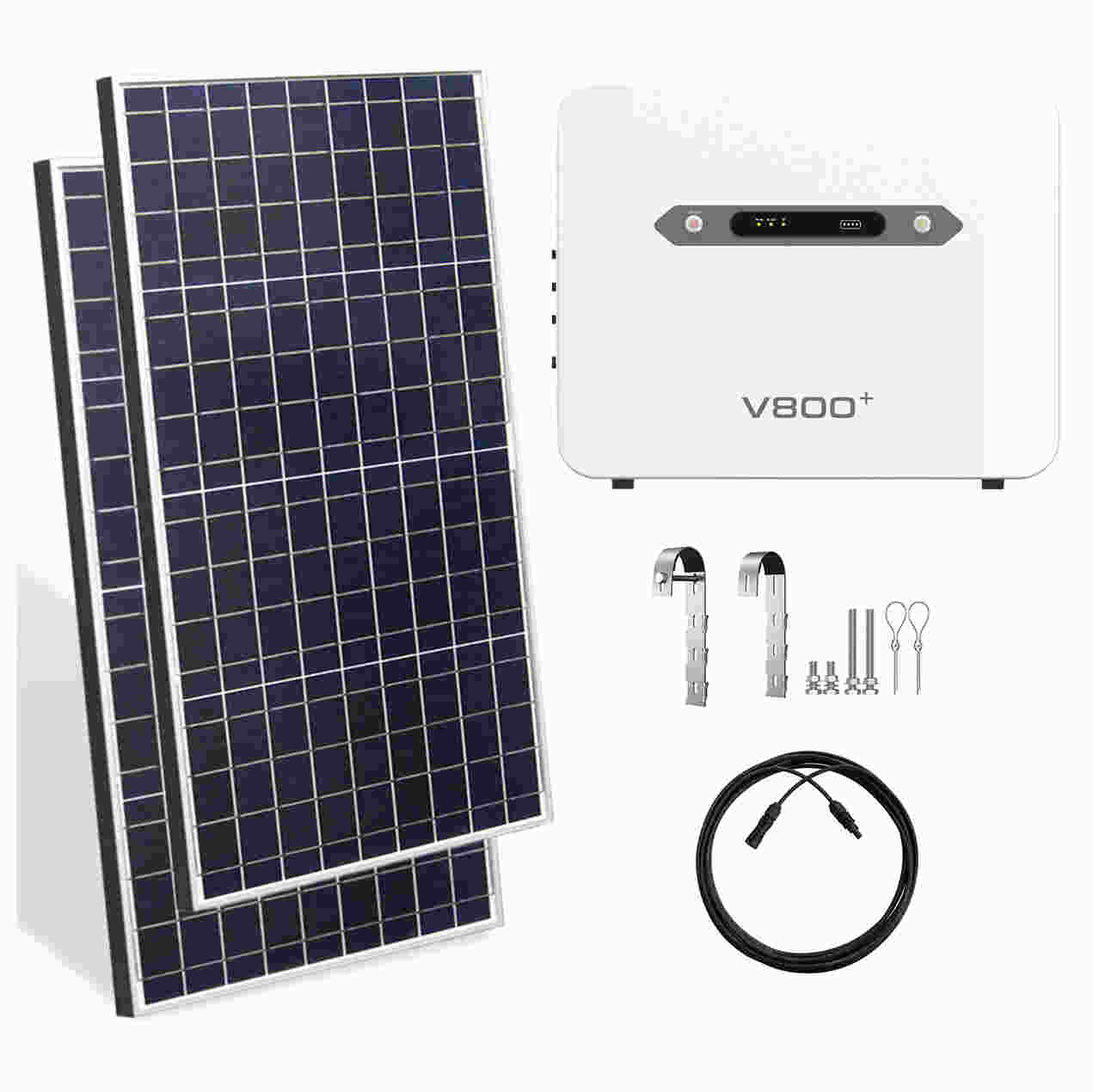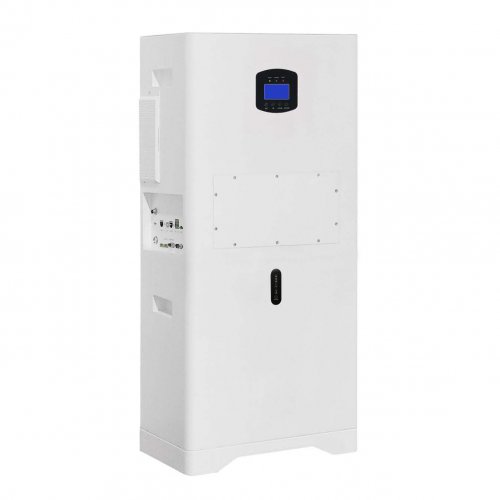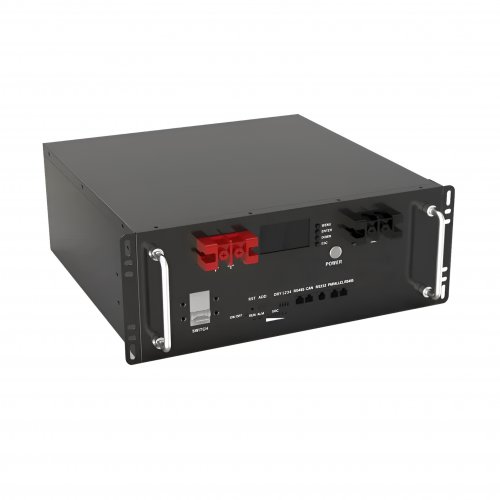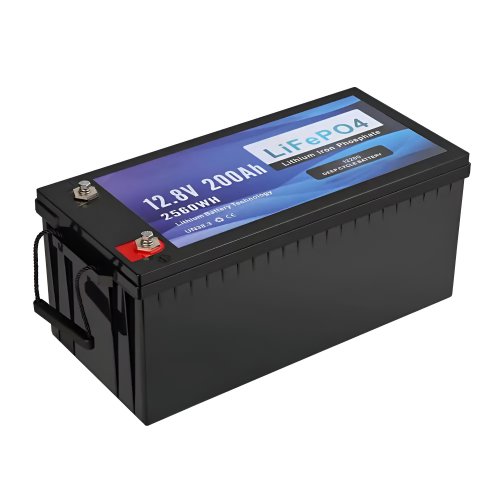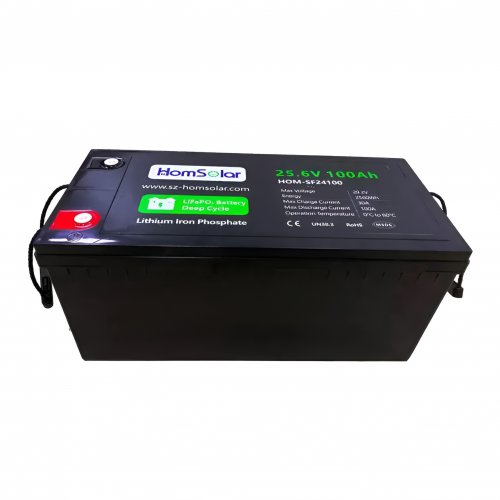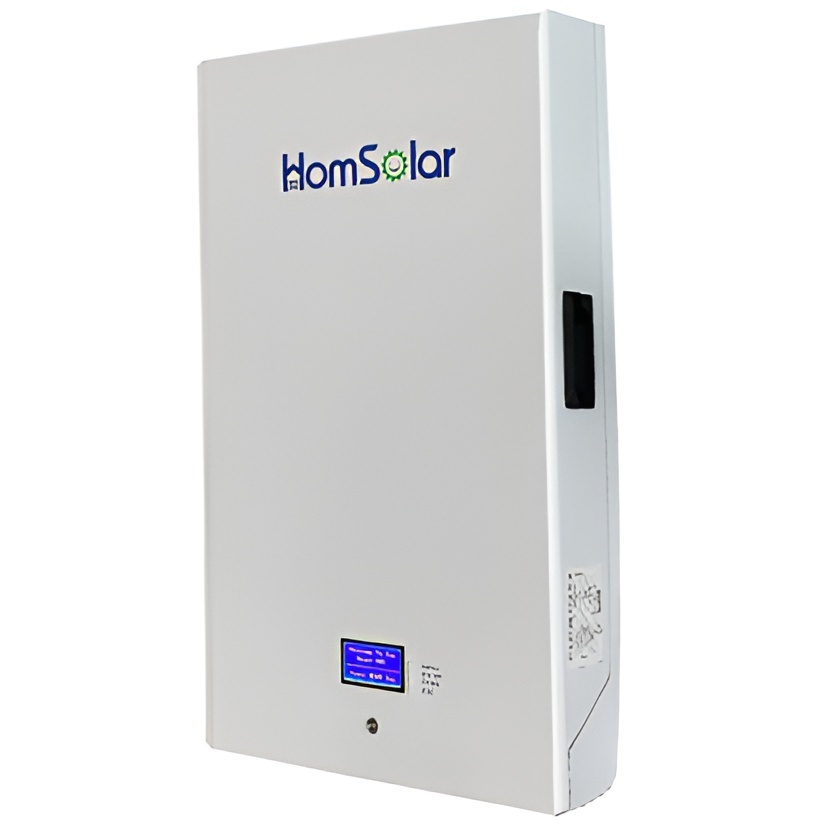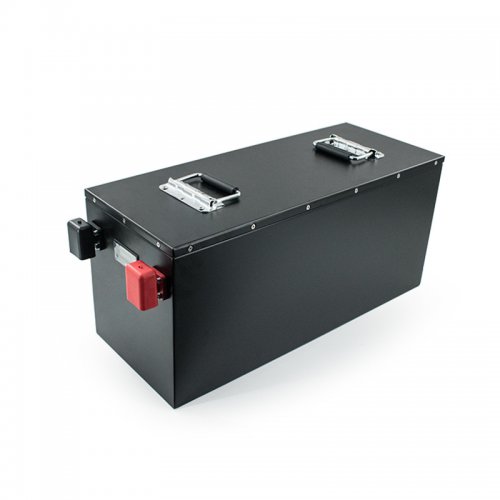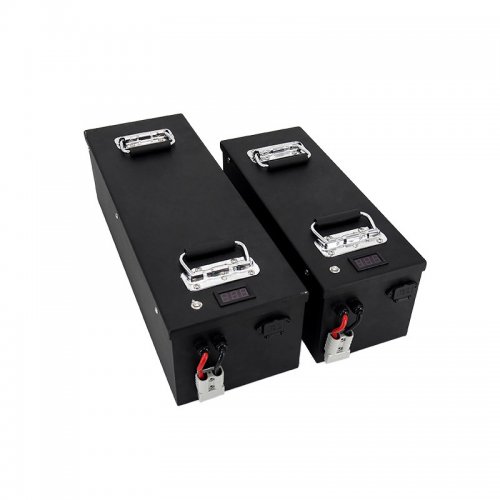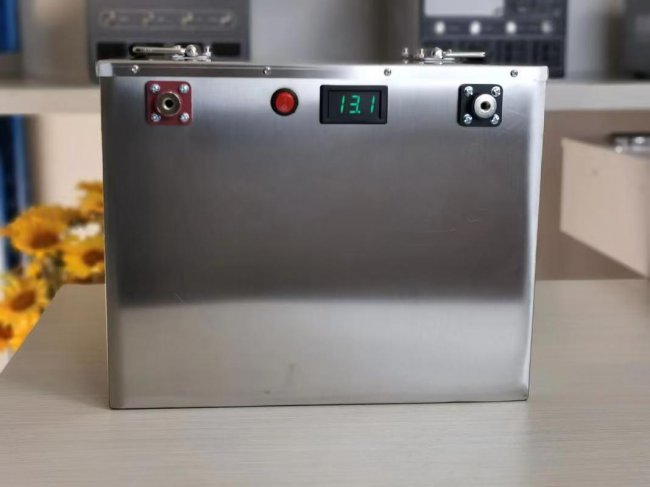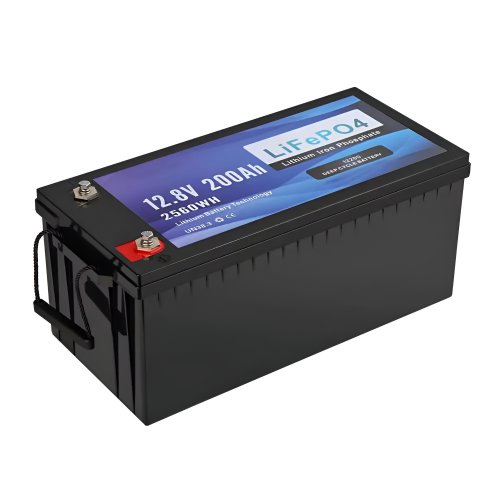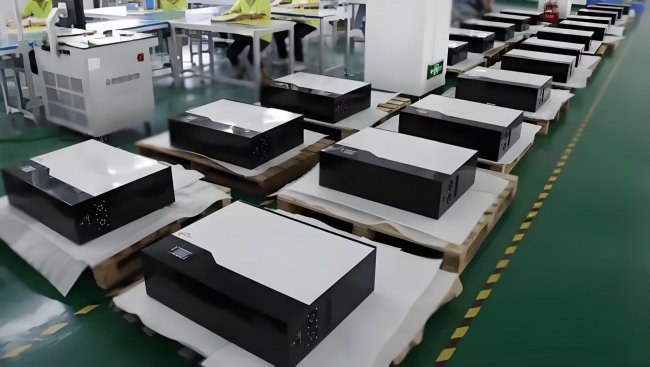Mitigating risks in new PV technologies
A new report from IEA PVPS Task 13, titled “Degradation and Failure Modes in New Photovoltaic Cell and Module Technologies,” offers a comprehensive analysis of degradation and failure mechanisms in current photovoltaic technologies.
Degradation and failure modes changed with recent innovation
Although new technologies bring new challenges, they also lead to positive trends. The following outlines the changes in degradation and failure modes driven by current innovations.
Cell cracking – Studies show that the impact of cell cracking has been mostly reduced by the application of multi-wire technology. The cracks used to form large inactive areas easily while the multi-wire cell design mitigates the probability and therefore reduces the risk of power loss and hot spot.
LID/LeTID – Light (and elevated temperature) induced degradation (LID/LeTID) has been solved by switching from Boron to Gallium as a dopant for Si-wafers, and some other optimization measures also help. Furthermore, standard test procedures are available, so that the LID/LeTID impact on long-term performance can be tested even for recent innovations.
PID – The potential-induced degradation (PID) is caused by high system voltage and may be influenced by light, in particular UV irradiation. PID tests for modules with Passivated Emitter and Rear Totally diffused (PERT) cells have shown that additional light during a PID test can effectively prevent degradation. It has been shown in one case that an UV irradiance equivalent to the UV content in the standard AM1.5 spectrum at 1000 Wm² can reduce the PID effect for a module with TOPCon cells to below 3%. In contrast, in this case no UV irradiation during the PID test leads to a degradation of 28%. For PV modules with SHJ cells a new potential PID degradation mechanism is identified. However, no PID affected modules are found in the field corresponding to this mode, yet. To assess the irradiation impact on real installations, the upcoming PID standard IEC TS 62804-1 (2025) offers a combined potential and light test procedure.
UVID – In some solar PV modules with TOPCon and SHJ cells, UV-induced degradation (UVID) occurs after accelerated aging tests. It is still unclear whether the degradation can be reversed by outdoor exposure and how the test can be transferred from laboratory to the field. It must be emphasized that the UVID is a solvable problem, as some modules are UV-stable in accelerated tests. Reflection or absorption of UV radiation before it reaches the c-Si/passivation interfaces (e.g. by the encapsulation material) can mitigate the UVID.
Encapsulation degradation and failure – Current standardized PV module tests (e.g., the IEC 61215 series) often do not reveal relevant degradation paths as their focus is on the electrical performance of the PV modules but not on the polymer materials stability. Therefore, many PV modules are found in the field with damaged lamination material. Combined stresses with e.g. temperature changes, humidity and UV radiation can reveal these polymer-related degradation pathways. As the degradation of encapsulation material cannot be reversed and often leads to safety issues, these additional tests are recommended for new encapsulation materials.
Glass breakage – Thin glass (thickness ≤ 2 mm) used in new glass/glass modules sometimes results in unpredictable high glass breakage rates. In documented cases, 5% to 10% of the module rear glasses broke in the first two years after installation. The mechanical load test according to IEC 61215 cannot detect this weak point, as it would require parallel tests on dozens of modules instead of just one in order to assess the failure rate.
Poor contacts in junction box – The electrical contacts in the junction boxes are more frequently not soldered correctly because of the new module layout has shorter cross connect ribbons, which results in more disconnection of the bypass diode (BPD). Faults in the junction box can lead to fires and power losses in entire module strings. However, unconnected BPDs are difficult to detect in PV systems that have already been installed. The report recommends checking the function of 100% of the BPDs during production. A PV system installation should be 100% tested if there are indications that this type of failure is occurring in the selected modules.
MHP-based PV technology – This report also includes a concise summary on the reliability of metal halide perovskite (MHP)-based PV modules according to the current scientific literature. There are many known degradation pathways for which remedies exist at the conceptual or laboratory level. For example, protective encapsulation against UV radiation, moisture and oxygen basically helps to stabilize the perovskite solar cells. However, besides others, two prominent challenges are the temperature and the ion migration stability. The limited temperature stability and the high ion mobility lead to unsolved degradation pathways under normal operation conditions like shading and high system voltage. There are new degradation modes in tandem solar cells with MHPs. For example, the reverse voltage states occurring in the top and bottom cells during shaded conditions depend on the irradiation spectrum and cannot be reproduced by standard qualification tests, yet. New tests addressing these shading conditions are important to evaluate new degradation pathways that do not occur in single junction PV modules.
ConclusionCustomized/OEM/ODM Service
HomSolar Supports Lifepo4 battery pack customization/OEM/ODM service, welcome to contact us and tell us your needs.


HomSolar: Your One-stop LiFePO4 Battery Pack & ESS Solution Manufacturer
Our line of LiFePO4 (LFP) batteries offer a solution to demanding applications that require a lighter weight, longer life, and higher capacity battery. Features include advanced battery management systems (BMS), Bluetooth® communication and active intelligent monitoring.

Customised Lithium Iron Phosphate Battery Casing
ABS plastic housing, aluminium housing, stainless steel housing and iron housing are available, and can also be designed and customised according to your needs.

HomSolar Smart BMS
Intelligent Battery Management System for HomSolar Energy Storage System. Bluetooth, temperature sensor, LCD display, CAN interface, UART interface also available.


Terminals & Plugs Can Be Customized
A wide range of terminals and plugs can be customised to suit the application needs of your battery products.

Well-designed Solutions for Energy Storage Systems
We will design the perfect energy storage system solution according to your needs, so that you can easily solve the specific industry applications of battery products.



About Our Battery Cells
Our energy storage system products use brand new grade A LiFePO4 cells with a battery lifespan of more than 4,000 charge/discharge cycles.



Applications in Different Industries
We supply customized & OEM battery pack, assemble cells with wiring, fuse and plastic cover, all the cell wires connected to PCB plug or built BMS.
Applications: E-bike, Electric Scooter, Golf Carts, RV, Electric Wheelchair, Electric Tools, Robot Cleaner, Robot Sweeper, Solar Energy Storage System, Emergency Light, Solar Power Light, Medical Equipment, UPS Backup Power Supply.
We can provide you with customized services. We have the ability to provide a vertical supply chain, from single cells to pack/module and to a complete power solution with BMS, etc.


HomSolar (Shenzhen) Technology Co., Ltd







